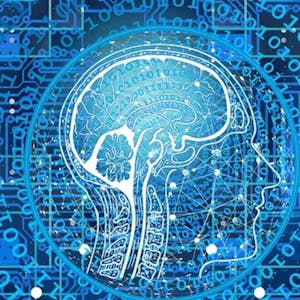Unsupervised Machine Learning
About this Course
This course introduces you to one of the main types of Machine Learning: Unsupervised Learning. You will learn how to find insights from data sets that do not have a target or labeled variable. You will learn several clustering and dimension reduction algorithms for unsupervised learning as well as how to select the algorithm that best suits your data. The hands-on section of this course focuses on using best practices for unsupervised learning. By the end of this course you should be able to: Explain the kinds of problems suitable for Unsupervised Learning approaches Explain the curse of dimensionality, and how it makes clustering difficult with many features Describe and use common clustering and dimensionality-reduction algorithms Try clustering points where appropriate, compare the performance of per-cluster models Understand metrics relevant for characterizing clusters Who should take this course? This course targets aspiring data scientists interested in acquiring hands-on experience with Unsupervised Machine Learning techniques in a business setting. What skills should you have? To make the most out of this course, you should have familiarity with programming on a Python development environment, as well as fundamental understanding of Data Cleaning, Exploratory Data Analysis, Calculus, Linear Algebra, Probability, and Statistics.Created by: IBM

Related Online Courses
This is the second course in the Learn English: Advanced Grammar and Punctuation specialty. In this course, you will learn about a lot of different ways to join ideas to make more complex and... more
This course provides a comprehensive introduction to political citizenship from both a theoretical and empirical perspective, with a particular emphasis on its participatory dimension. Participants... more
The Knowledge framework of Automotive SPICE (Software Process Improvement and Capability Determination) is the focus of the AutoSPICE course, which seeks to provide you with a thorough grasp of it.... more
This introductory physical chemistry course examines the connections between molecular properties and the behavior of macroscopic chemical systems.Created by: University of Minnesota more
What is machine learning, and what kinds of problems can it solve? How can you build, train, and deploy machine learning models at scale without writing a single line of code? When should you use... more








